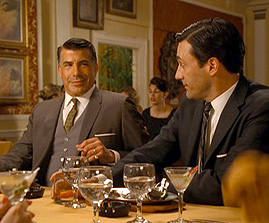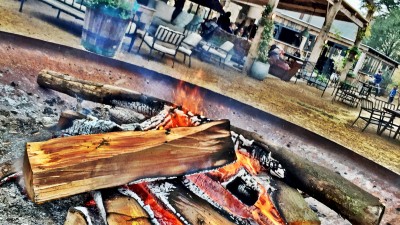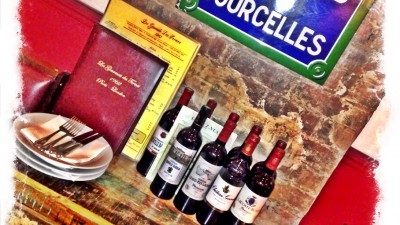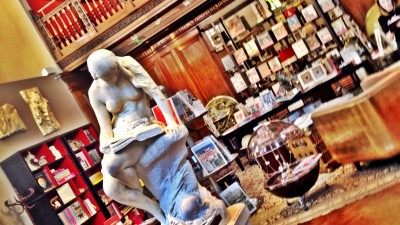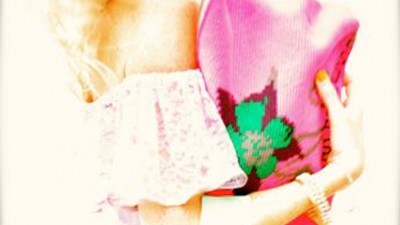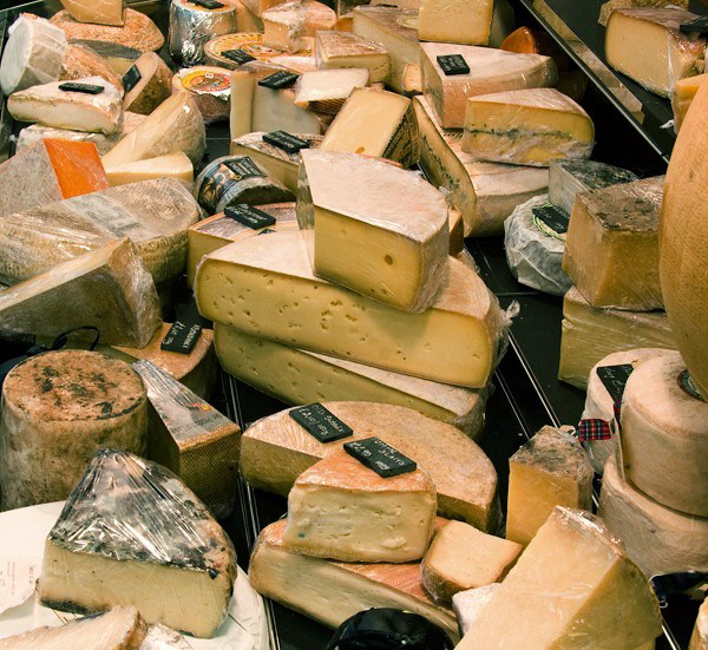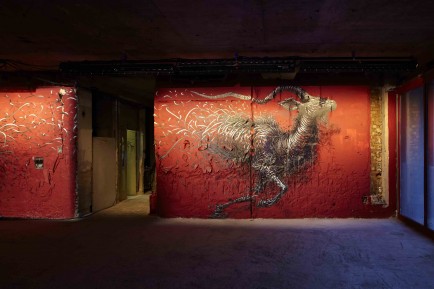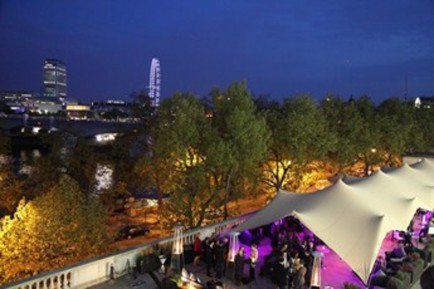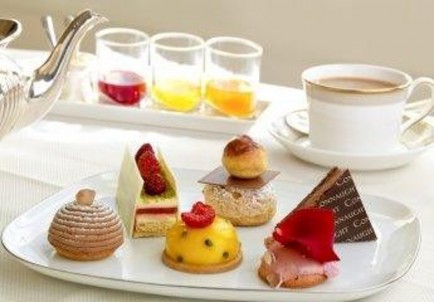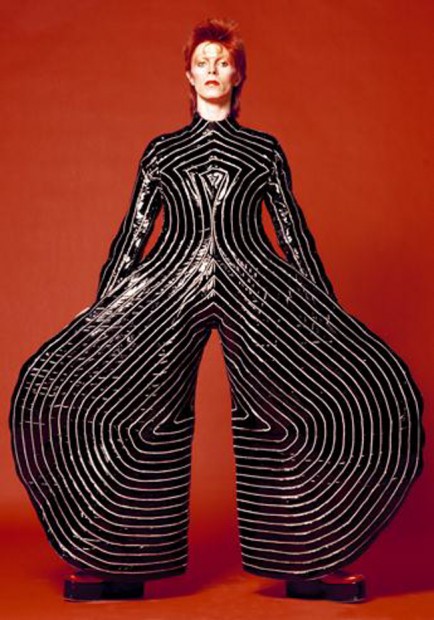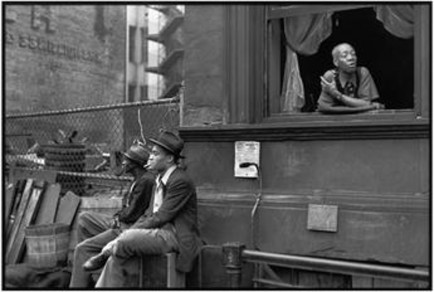Cheese amateurs are getting quite spoilt for choice in London, with more and more quality artisanal cheese shops (both continental and local) appearing on the foodie shopping scene. Below are a few of our favourites…
La Cave à Fromages
This cheese shop in South Kensington, which stocks around 200 types of seasonal cheeses (a third of which are English) was opened in November 2008 by Frenchman Eric Charriaux and Israeli Amnon Paldi. As suppliers of fine cheeses to famous chefs including Gordon Ramsay, Raymond Blanc and the Roux brothers since 1999, through their distribution company, Premier Cheese, the two business partners have set up an open shop without a sales counter, where clients can easily taste the different products on offer. Of particular note: cheeses with “added value”, infused with port, truffles or tea as well as the excellent honeys infused with truffles (to try with blue cheese) or saffron (perfect with goats cheese). 24-25 Cromwell Place, SW7 (South Kensington)
La Fromagerie
Opened in Marylebone in 2002 by the Englishwoman Patricia Michelson, who fell in love with Beaufort cheese during a trip to Meríbel some 20 years ago, La Fromagerie has established itself as a little paradise for London gourmets. With its shepherd-chic design and a range of products which includes fruits, vegetables, meats, bread, cakes, honey and wines, the shop looks more like a mini market stall than just a cheese shop. The “cheese room”, where the cheeses are classed by nationality (French, Italian, British, Spanish, Portuguese, Dutch…) and by types (goats, sheep, hard cheeses…) is worth the visit, especially when Gabriel Peuget, the house specialist and a source of endless anecdotes on the history of cheese, is there. Have a taste of the brie with truffles, its bestseller. 2-6 Moxon Street, W1 (Marylebone)
Neal’s Yard Dairy
Completely dedicated to the production of British and Irish cheese, the company created in 1979 by Nick Saunders and taken over shortly after by Randolph Hodgson has largely contributed to the resurgence of local cheeses. In addition to its two London stores which distribute the products of 70 producers, Neal’s Yard Dairy also owns the huge maturing cellar in Bermondsey, housed beneath the Victorian iron rail tracks that lie between London Bridge and Dover and where a team of five people look after the maturing cheese. 17 Shorts Gardens, WC2 (Covent Garden); 6 Park Street, Borough Market EC1 (Borough)
Paxton and Whitfield
This well known institution was established in St. James in 1797 and has had very prestigious past customers which included Queen Victoria and Winston Churchill. Becoming a basic grocery store following the Second World War as a result of milk rationing and the industrialisation of cheese production, the shop has since rediscovered its raison d’etre, and offers a good selection of cheese both British and Continental with a marked emphasis on traditional production, such as Cheddar and Stilton. Have a look at its “cheesecakes”: elaborately constructed cakes composed entirely of cheese. 93 Jermyn Street, SW1 (Bond St)
A few things you might not know about British cheese
- The production of British cheese began in the 11th century with the arrival of the Cistercian monks from France, who settled in Yorkshire and who created the Wensleydale, a blue cheese which continues to be handmade in the region. Other traditional cheeses also appeared during the Middle Ages and include Gloucester, Lancashire, Derby and Cheddar.
- Cheddar, the most popular of British cheese, appeared in the 12th century in the town of the same name in Somerset. Worth noting is the difference between the industrial cheddar, mass-produced not only in Great Britain but also in Australia, Canada, South Africa and the US, and the “West Country farmhouse Cheddar”, which is the original one, a traditionally produced cheese that comes from the West of England.
- Stilton, considered as the “king of British cheeses”, only appeared at the beginning of the 18th century. This blue cheese has a protected regional label and can only be produced in the counties of Nottinghamshire, Derbyshire or Leicestershire according to a specific recipe. It is traditionally served at Christmas, accompanied by port.
- During the Second World War, the production of milk was nationalised and used to produce only one type of cheese, the “government cheddar”. This decision resulted in the near disappearance of the traditional producers, the number of which fell from 3,500 in 1914 to 100 in 1945.
- Today there is around 900 traditional cheese producers in the UK, who often give the names of their particular farm or their village to their (usually small) productions. The most famous of those new English cheese is the Stinking Bishop, produced in Gloucestershire since 1972 by Charles Martell and made famous by its appearance in the cartoon Wallace and Gromit, where Wallace is brought back to life by its strong smell!
- In contrast to many continental cheeses whose rennet (the substance used in order to curdle the milk) is obtained from an enzyme found in veal intestine, the majority of British cheeses are made using a mushroom based rennet, which gives them a slightly bitter overtone.

